Montagne des Martyrs (Chimyeongjasan) (천주교성지 치명자산)
10.9Km 2024-04-07
103-88, Naksujeong2(i)-gil, Wansan-gu, Jeonju-si, Région Jeonbuk
+82-63-285-5755
La montagne des martyrs est l’oeuvre des catholiques persecutés de Jeonju au 18ème siècle. De nombreux martyrs y sont enterrés y compris un couple marié qui fit le voeu de rester vierge pour l’éternité. Le mari de ce fameux couple est Lee Jong-cheol, son père, un autre martyr décida qu’il devait se marier mais rester pieux et pure.
Ce sont sept personnes de sa famille qui reposent dans ce cimetière. Il existe aussi un chemin de croix et une cathédrale.
Ichiryu Yangsim (이치류양심)
11.0Km 2024-04-07
22, Hongsanbuk-ro, Wansan-gu, Jeonju-si, Région Jeonbuk
+82-63-228-8880
A place where you can enjoy various lamb dishes. The best menu at this restaurant is lamb chop. This Chinese (cuisine) restaurant is located in Jeonju-si, Jeollabuk-do.
Petit supermarché Ahyeon (아현슈퍼)
11.1Km 2025-03-15
854-7, Dongseohak-dong, Wansan-gu, Jeonju-si, Jeonbuk
Le lieu est réputé comme set de tournage notamment pour son ambiance type année 1990.
CHAIKING (차이킹)
11.3Km 2024-04-07
14, Hongsannam-ro, Wansan-gu, Jeonju-si, Région Jeonbuk
+82-63-222-9078
A place where you can enjoy various Chinese dishes. The best menu at this restaurant is spicy seafood noodle soup. This Chinese (cuisine) restaurant is located in Jeonju-si, Jeollabuk-do.
Parc Wansan (완산칠봉(완산공원))
11.5Km 2025-08-12
35-27, Maegok-ro, Wansan-gu, Jeonju-si, Région Jeonbuk
+82-63-220-5438
Wansan Chilbong, communément appelé le parc Wansan Gongwon, signifie “les sept pics de Wansan” (nom ancien de Jeonju). Au pic de ce lieu représentatif de Jeonju se trouve un pavillon où l'on peut admirer une vue imprenable sur cette ville à la longue histoire. Le site propose également des paysages magnifiques comme une forêt des cèdres et des sources d'eau minérale considérées comme bénéfiques pour la santé, attractions qui attirent notamment beaucoup de randonneurs.
Site historique Wanggungni (patrimoine de l'Unesco) - (익산 왕궁리유적 [유네스코 세계문화유산])
11.7Km 2024-04-07
San 80-1, Wanggung-myeon, Iksan-si, Région Jeonbuk
+82-63-859-4631
Commencé en 1989, les archéologistes ont entrepris 20 années de fouilles sur un site connu sous le nom de « site historique Wanggung-ni ». Pendant la durée des fouilles archéologiques, il fut découvert que le lieu était l’ancien palais du roi Muwang de la dynastie Baekje de l’an 600 à l’an 640 après JC. Après la mort du roi, plusieurs bâtisses principales furent détruites et un temple fut construit. De nos jours, le mur extérieur du palais royal est encore visible, témoignant de l’histoire unique du site.
Les reliques trouvées sur le site sont un important témoin de la construction du palais royal et du style de vie du roi qui y séjournait. Les découvertes significatives sur Wanggungni incluent le site des 14 bâtisses (incluant le hall Jeongjeon où le roi gérait les affaires politiques et organisait des cérémonies et rituels), le site du plus impressionnant des jardins de la dynastie Baekje, un atelier de céramiques et les vestiges d’une large salle de repos du palace.
Sejonggwan of the Royal Room / 왕의지밀 세종관
11.8Km 2025-08-12
5218-22, Chunhyang-ro, Wansan-gu, Jeonju-si, Région Jeonbuk
+82-63-284-1004
This hanok (traditional Korean house) hotel is located near Jeonju Hanok Village. The hotel has enjoyed great popularity among the tourists visiting Jeonju since its opening in 2018, for its convenient location of only a 7-min drive away from Jeonju Hanok Village and its faithful recreation of hanok’s beauty with modern sensibilities. The hotel complex stands on a plot of land spanning 19,840 m2, containing 11 residential buildings and other facilities. As the name of the hotel indicates, each building in the hotel is named after the kings of the Joseon Dynasty.
Sejonggwan is named after King Sejong. Sejonggwan has eight rooms, divided between Gold and Silver Rooms. Each room is a self-contained unit made up of bedrooms and restrooms, furnished with a combination of hanok’s unique charms and modern comfort. The view of the wooden exposed beams (Gold Room), paintings on the wall, and the view of the nature beyond the window wall recreate the unique scenery of the hanok, while amenities such as TV, refrigerator, and air conditioning offer a comfortable stay.
Other facilities inside the hotel complex include the spacious parking lot, an elegant hanok cafe, and the Convention Center, housing family-size Daejanggeum Hall and Hunminjeongeum Hall, a large hall suited for seminars. It takes only 10 min by car to reach any tourist sites near Jeonju Hanok Village from the hotel.
Sukjonggwan of the Royal Room/ 왕의지밀 숙종관
11.9Km 2025-08-11
5218-14, Chunhyang-ro, Wansan-gu, Jeonju-si, Région Jeonbuk
+82-63-284-1004
This hanok (traditional Korean house) hotel combines the unique aesthetics of hanok and modern comfort. Its location near Jeonju Hanok Village, the central point of Jeonju tourism, gives it excellent access to destinations in Jeonju. As evident from its name, the hotel promises a comfortable stay in a hanok since its opening in 2018. The hotel complex stands on a plot of land spanning 19,840 m2, containing 11 residential buildings that are named after the Joseon kings and other facilities.
The building Sukjonggwan contains four rooms. Each room is a self-contained unit made up of bedrooms and restrooms, furnished with a combination of hanok’s unique charms and modern comfort. Grade 1 Gold and Silver Rooms in particular have two beds and a whirlpool bathtub for the comfort of the guests. The view of the wooden exposed beams (Gold Room) speaks to the unique characteristics of hanok, while wooden pieces of furniture give the room an elegant finish. The scenery beyond the window wall is also the pride of the hotel.
The hotel has about 150 parking spots, a hanok cafe, and the Convention Center with spaces such as Daejanggeum Hall, Saimdang Hall, Chungmugong Hall, and Hunminjeongeum Hall. Samtaegeuk and Samjogo Restaurants are designated as COVID-19 Safe Restaurants by the city of Jeonju. It takes only 10 min by car to reach most tourist sites in Jeonju Hanok Village.
Jeongjogwan of the Royal Room / 왕의지밀 정조관
11.9Km 2025-08-13
5218-10, Chunhyang-ro, Wansan-gu, Jeonju-si, Région Jeonbuk
+82-63-284-1004
This hanok (traditional Korean house) hotel shows a different interpretation of hanok’s traditional beauty from Jeonju Hanok Village. The name of the hotel encapsulates Jeonju’s spirit as a city of tradition and art, and the exemplar of the state of Joseon. The hotel complex stands on a plot of land spanning 19,840 m2, containing 11 residential buildings and other facilities like hanok restaurants. Each residential building is named after the kings of the Joseon Dynasty. Jeongjogwan contains six rooms,
all built to modern comfort for all age groups. Grade 2 Silver and Gold Rooms, which can house up to 6 guests, are especially popular for families. The rooms combine modern comfort with hanok aesthetics, like wooden exposed beams and wooden furniture, which help to fill the room with the elegant fragrance of wood.
The hotel has about 150 parking spots, a hanok cafe, and the Convention Center with spaces such as Daejanggeum Hall, Saimdang Hall, Chungmugong Hall, and Hunminjeongeum Hall. Samtaegeuk and Samjogo Restaurants are designated as COVID-19 Safe Restaurants by the city of Jeonju. Jeonju Hanok Village is reachable by car in about 7 min.
Pagode de pierre à 5 étages de Wanggung (익산 왕궁리 오층석탑)
11.9Km 2024-04-07
San 80-1, Wanggung-ri, Wanggung-myeon, Iksan-si, Région Jeonbuk
+82-63-859-5792
La pagode de pierre à 5 étages de Wanggung est située sur une colline à environ 2km au sud de Wanggung-myeon dans la ville d’Iksan, une région réputée pour avoir été la capitale durant l’ère Mahan. La pagode se dresse sur 8,5m et fut officiellement désignée comme trésor national n°289. Les reliques de la dynastie Goryeo trouvées à l’intérieur de la pagode furent désignées trésor national n°123 et sont actuellement en exposition au Musée National de Corée. Parmi les reliques découvertes lors de la fouille archéologique, la plus célèbre, Sarijangeomgu, est un magnifique conteneur de ‘sarira’ de Buddha. La bouteille verte contenant les ‘sarira’ est dotée d’un bouchon en forme de lotus. Il y a également Sungeumgeumganggyeongpan, contenant 19 plateaux du Sutra de diamand.
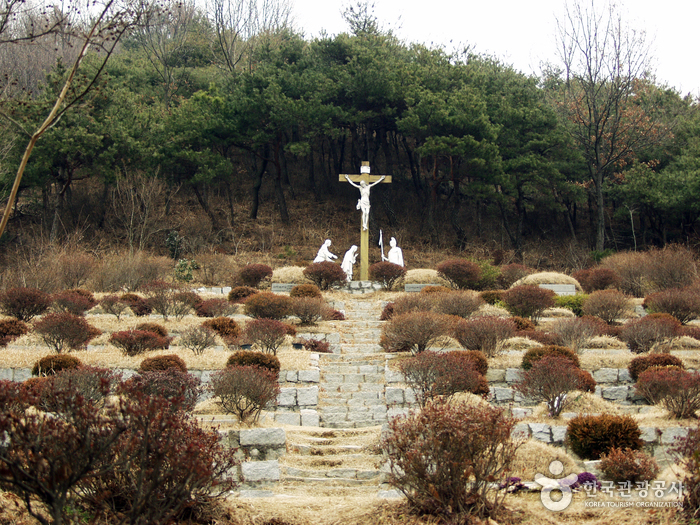
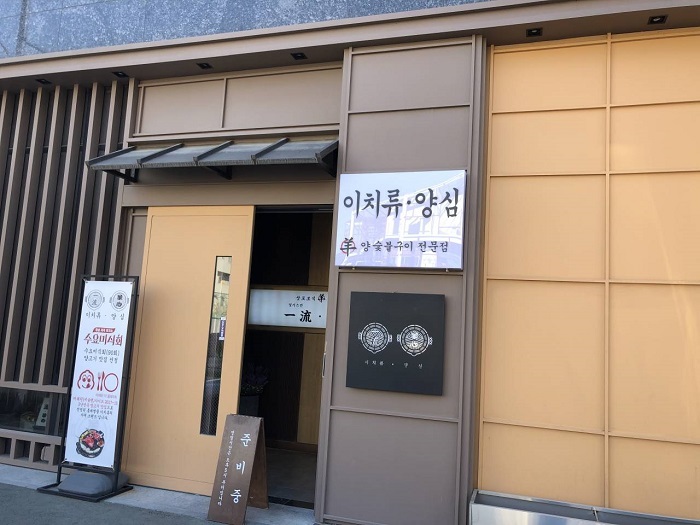
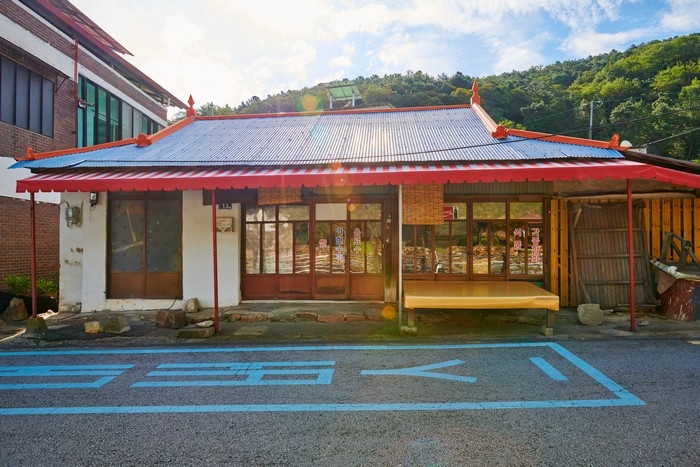
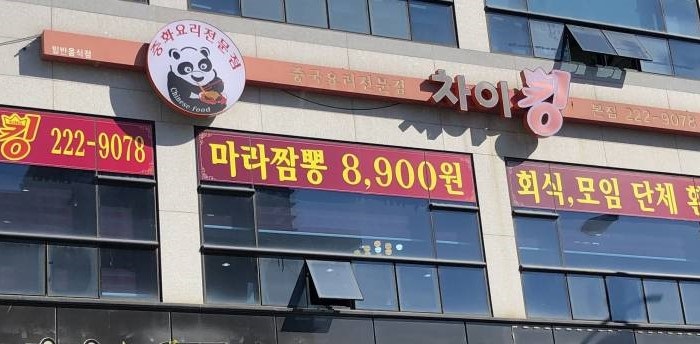
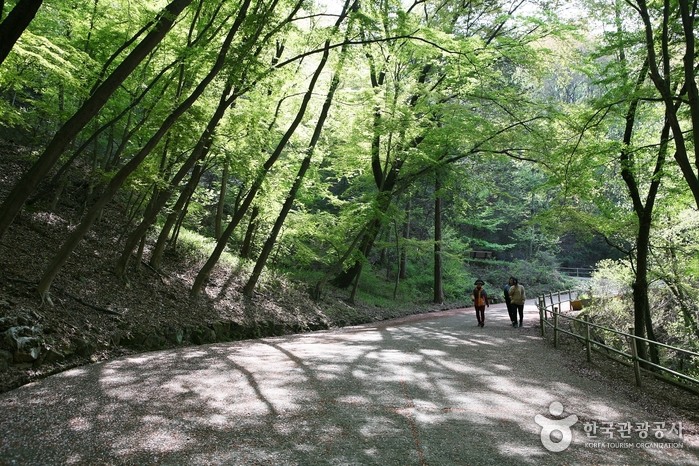
![Site historique Wanggungni (patrimoine de l'Unesco) - (익산 왕궁리유적 [유네스코 세계문화유산])](http://tong.visitkorea.or.kr/cms/resource/97/2514197_image2_1.jpg)
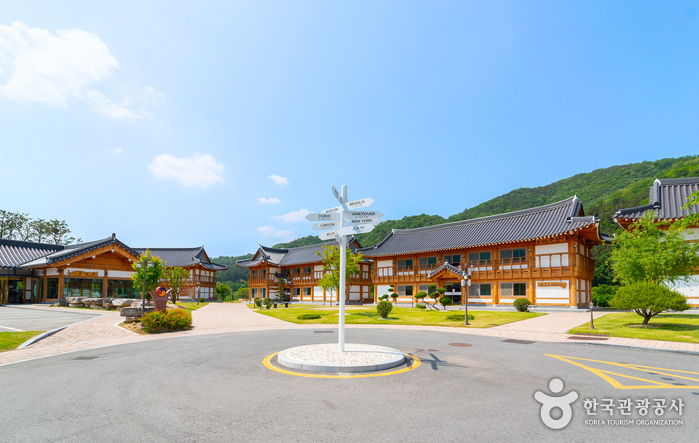
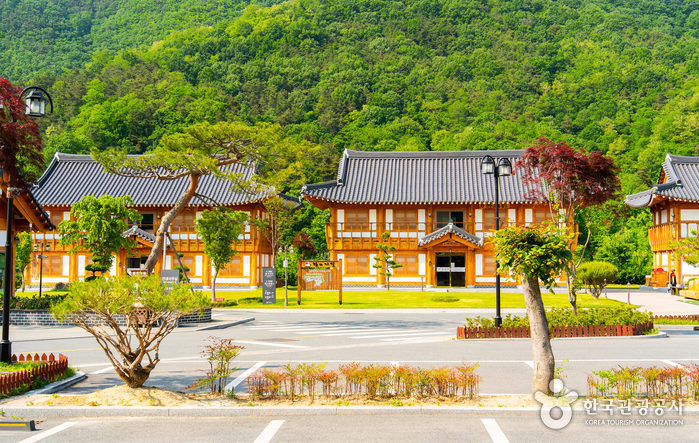
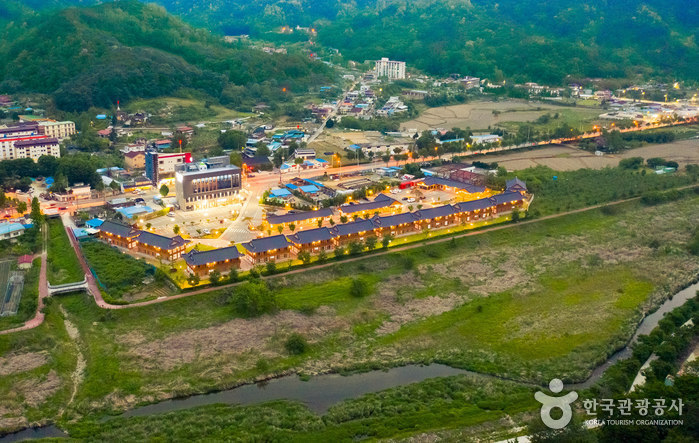
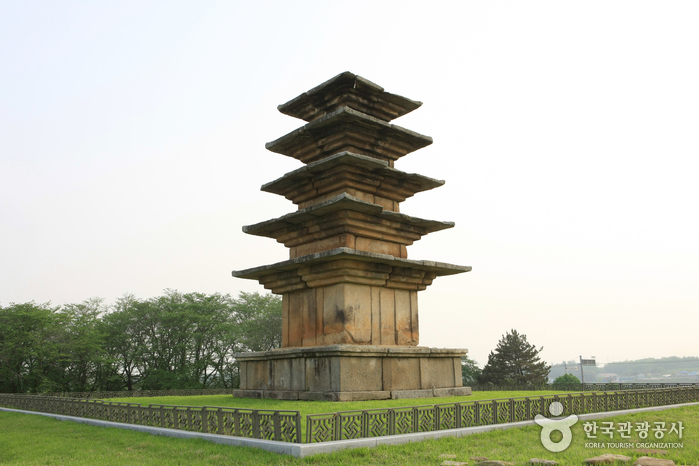
 Français
Français
 한국어
한국어 English
English 日本語
日本語 中文(简体)
中文(简体) Deutsch
Deutsch Español
Español Русский
Русский